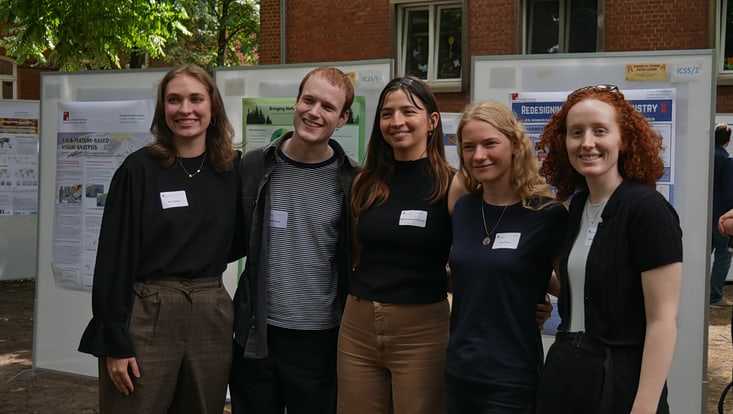Assessing Sustainable Characteristics of Structured Products – A Qualitative Case Study on Sustainable Finance in the European UnionJana Kapfer
20 November 2020
To achieve the goals of the Paris Agreement and the Sustainable Development Goals, major global investments are needed. Private investments have to be redirected toward sustainable development. The European Union leads the debate on sustainable finance, e.g., by working on a unified classification system for sustainable investments and establishing a label for sustainable financial instruments. The European label would build on renowned national labels such as the label for sustainable funds by the German Forum Nachhaltige Geldanlagen. This label serves as a case for this thesis. Structured products are a popular financial instrument that is hardly considered in the approach of the EU or sustainable finance in general. Furthermore, these products have faced criticism in the course of the Global Financial Crisis 2008 with researchers discussing e.g., lacking transparency in the market. Building on the question catalogue of the label of the Forum Nachhaltige Geldanlagen, it is discussed how sustainable characteristics of structured products can be assessed. This was done by conducting a qualitative case study resulting in an adjusted question catalogue. The characteristics of structured products were derived from previous research and integrated into the question catalogue. To implement sustainability in structured products, most importantly transparency should be increased and a proper risk assessment ensured. Criteria addressed to the fund manager should be extended to the issuing banks to guarantee a thoroughly sustainable portfolio. Moreover, the riskiest and most speculative types of products should be excluded. Implementing sustainability objectives in the market of structured products is an opportunity to improve transparency and investors' trust. By increasing the sustainability potential of these products they can play a critical role in redirecting capital flows towards sustainable development.

